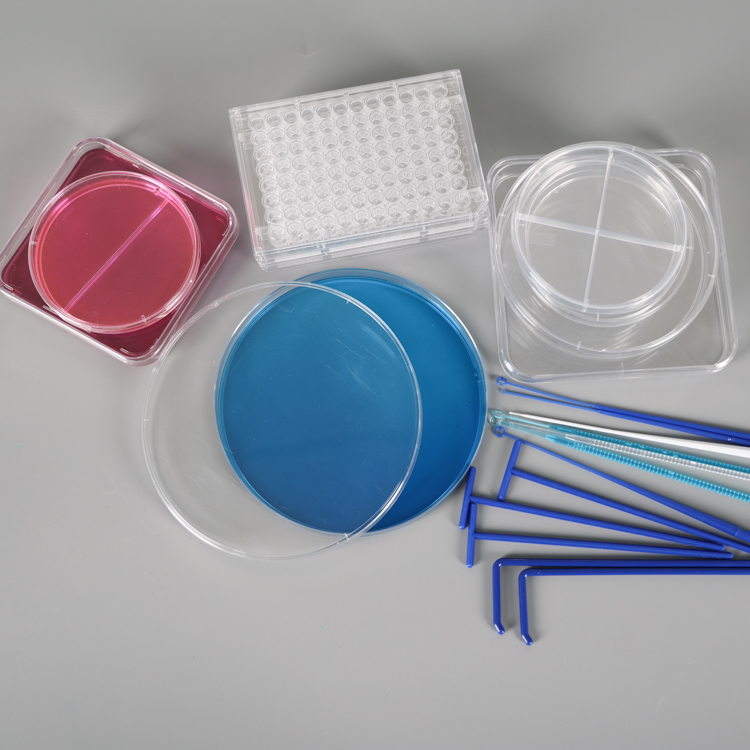1.2 Feature Modeling Method Feature modeling is based on the feature of the feature library or an instance of user-defined features as the basic unit to establish a product feature model to complete the product design. The basic method of feature modeling is as follows.
(1) Using the feature description tree method This method mainly realizes the conversion from basic shape to complex shape based on the basic shape features of the parts and their mutual relations.
Part Feature Relationship Tree The feature relationship tree is composed of feature voxels and their associations, providing a general description of the shape of the object. It breaks down objects into low-level elements. This decomposition facilitates the expression of tolerances and adds a certain degree of intelligence to the product model, providing users with an advanced environment that conforms to people's thinking.
The basic shape to complex shape conversion design utilizes the features in the feature library and the operations of adding, modifying, and deleting in the feature operation library to generate and edit the design shape, and automatically generate the basic representation of the part. However, the features in the feature library are limited, and it is difficult to express all possible voxels of various shapes. Therefore, the system allows users to customize features according to certain rules and add them to the feature library. Since the features are related to product models, citations, and abstraction levels, a feature transformation system must be generated to extract the information needed by each application environment from the database, and send it to the relevant activities for design, which can be designed using the feature description tree. Basic representations are converted into representations required by each application system to enable product information exchange and sharing.
(2) Mapping of feature basic model to application model Through feature modeling, product models can be expressed directly in a high-level language that reflects design intent, thereby transforming design intent into low-level geometry. After the feature-based design is completed, the product database contains not only geometry and topology information, but also product general information, structural information, and dimensional tolerance information. Because different application activities have different requirements for product feature information, feature mapping technology is needed to perform application-oriented feature information conversion according to a certain mapping relationship. Through the combination of feature information modeling and feature mapping, it can provide a good product data expression and conversion mechanism, making CAD/CAPP integration and parallel design realization a reality.
(3) Product modeling method based on feature design Due to different processing environment, production scale and product similarity, there are two modeling methods based on feature design: manufacturing-oriented design (DFM) and assembly-oriented design (DFA) ). DFM is the simultaneous product design and process design, so that the processing requirements are fully considered in the design stage; DFA is to use the tolerance analysis method to optimize the assembly tolerance according to the “cost-to-tolerance†curve, and to guide the part design with the aim of assembly. The best assembly results.
Feature design reflects the integration strategy of design and manufacturing. It integrates features into product models from the beginning, and attempts to provide richer product information and information sharing and integration with subsequent processes.
Previous page next page
Petri Dishes (Stackable & Slippable)
Manufactured from medical-grade virgin polystyrene
Ventilation ribs reduce condensation and allow air circulation
Consistent flatness allows for even media distribution
Flared lid skirt and squared corners for easy one-hand operation, especially with gloves
Stackable Petri Dishes
Recommended for standard microbiology or general laboratory use
Stackable lid design for increased stability
Available in two sizes: 60mm x 15mm and 100mm x 15mm
Automation Petri Dishes (Slippable)
Designed for automated filling and streaking systems
Side Arrows and ISO Mark Target for automation
Available in 100mm x 15mm size
Petri Dishes (Slideable)
Features a partial edge ring on base which allows a single dish to be slid from a large stack and enhances stability when stacked
Petri Dishes (Non-treated Cell Culture Dishes)
Stronger, heavier construction
Surface is hydrophobic and does not facilitate cell attachment
Available in four diameters: 35, 60, 100 and 150mm
150mm x 15mm Petri Dish now available
35mm dish has off-set bottom for improved handling
60 & 100mm dish features a grip ring on the base
Lids contain molded spacers for gas exchange
Stackable lid design for increased stability
Packaged sterile (gamma irradiated)

Cell Dish,Inoculating Loops,Culture Plate,Pasteur Pipette,Cell Culture Dish
Yong Yue Medical Technology(Kunshan) Co.,Ltd , https://www.yongyuetube.com